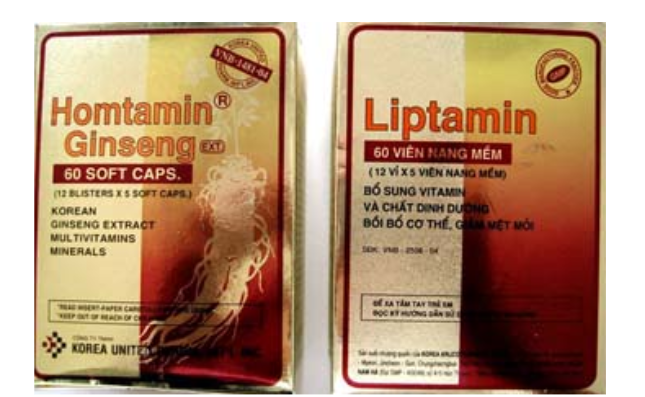Is hair loss in children due to zinc deficiency?
This is an automatically translated article.
Hair loss in children is quite common, usually in children from 3 to 6 months old, making many parents confused whether their child is lacking nutrients or has a disease.
Video content is professionally consulted by Pediatric Center - Vinmec Times City International Hospital
Knife hair loss in children is a condition in which hair falls out quite a lot at the back of the neck, thereby forming a turban shape around the child's head. So, is hair loss in children dangerous?
1. What causes hair loss and how to treat it?
Although hair loss in children is not dangerous, but children with hair loss may have a worse condition than children of the same age. Activities such as rolling, crawling, teething or walking will also be slower than usual.
The main cause of this condition is the lack of micronutrients in the baby, in which vitamin D deficiency is the main one. Besides, lack of vitamin H, zinc, iron, vitamin C, calcium can all lead to hair loss.
Hair loss due to micronutrient deficiency is common in children under 12 months of age, especially under 6 months of age. However, hair loss caused by vitamin D deficiency and micronutrient deficiencies is common at many ages, even at the age of 11-12 months or older.
In addition, studies have also noted a number of other reasons why babies lose bunions, including:
● Newborns, hormones from mother to mother gradually decrease, causing the baby's hair follicles to enter the resting phase and work. hair loss for children. This phenomenon is very common and popularly known as: blood loss.
Hair loss in the place of rubbing a lot: Parents know, young children mostly lie on their back, the area behind the head that is in direct contact with the pillow for a long time will make the baby's hair fall easily and difficult. grow more. This condition will gradually decrease and end when the child learns to change position when sleeping.
● Some side effects of drugs or scalp fungus also cause hair loss. Scalp fungus often causes hair loss in children in patches, areas, not necessarily the area where the hair is in contact with the pillow.
However, parents should not be too worried if their baby has hair loss, because this condition can use a few tips to help improve the situation better.

2. How to improve hair loss in children
Some ways to help improve hair loss in children can be mentioned as:
Vitamin D supplementation for children: by using 800-1200 units/day and can add 5ml calcium corbiere in 2-3 weeks, until your baby's hair grows back. Besides, sunbathing is also a way for the child's body to synthesize vitamin D. Parents should note that children should sunbathe at 9 am, about 15-20 minutes each time. When the baby sleeps, parents should let the baby sleep in the correct position, do not let the baby lie in one position for too long, so stimulate the baby to turn. When the baby is lying on his back, on his side or on his stomach, it should not be more than 2 hours. When washing baby's hair, parents need to make sure to use a separate shampoo for children with a mild detergent that does not irritate the scalp and hair. When washing, use warm water and wash gently. Parents can also use a little natural essential oil to massage, stimulate baby's hair to grow better. Give your baby enough food. Lack of nutrients, lack of micronutrients is not enough to nourish the hair, causing young hair to fall more and more. For breastfed babies, mothers should increase breastfeeding several times a day and mothers need to eat enough nutrients to ensure quality breast milk. If scalp fungus is suspected, parents need to take the child to a doctor to confirm the diagnosis and timely treatment.
To know for sure if a child's hair loss is caused by a vitamin deficiency, parents need to take the child to a nutritionist to find the right cause. Besides, supplementing children with essential micro-minerals such as vitamin D, vitamin H, zinc, lysine, chromium, selenium, vitamin B1, ... will fully meet the nutritional needs of children and support children. digestion, enhance the ability to absorb nutrients to help children develop healthy and comprehensive.
Parents should regularly visit the website vimec.com to update useful baby care information.
Please dial HOTLINE for more information or register for an appointment HERE. Download MyVinmec app to make appointments faster and to manage your bookings easily.





